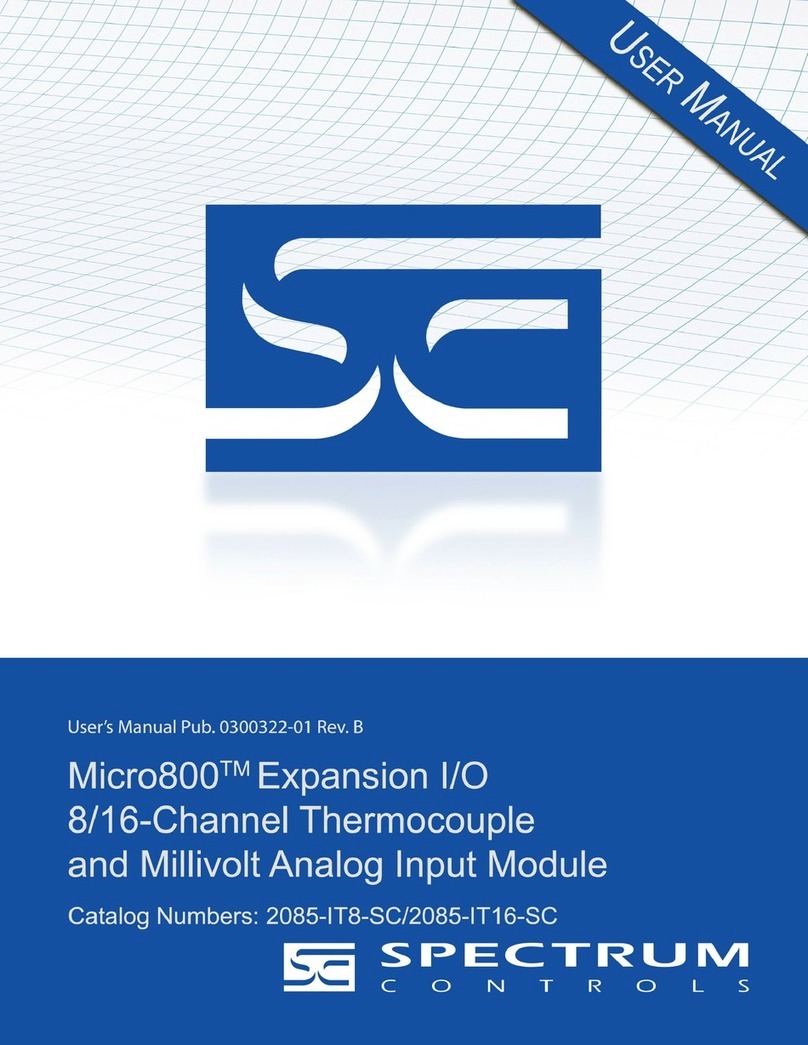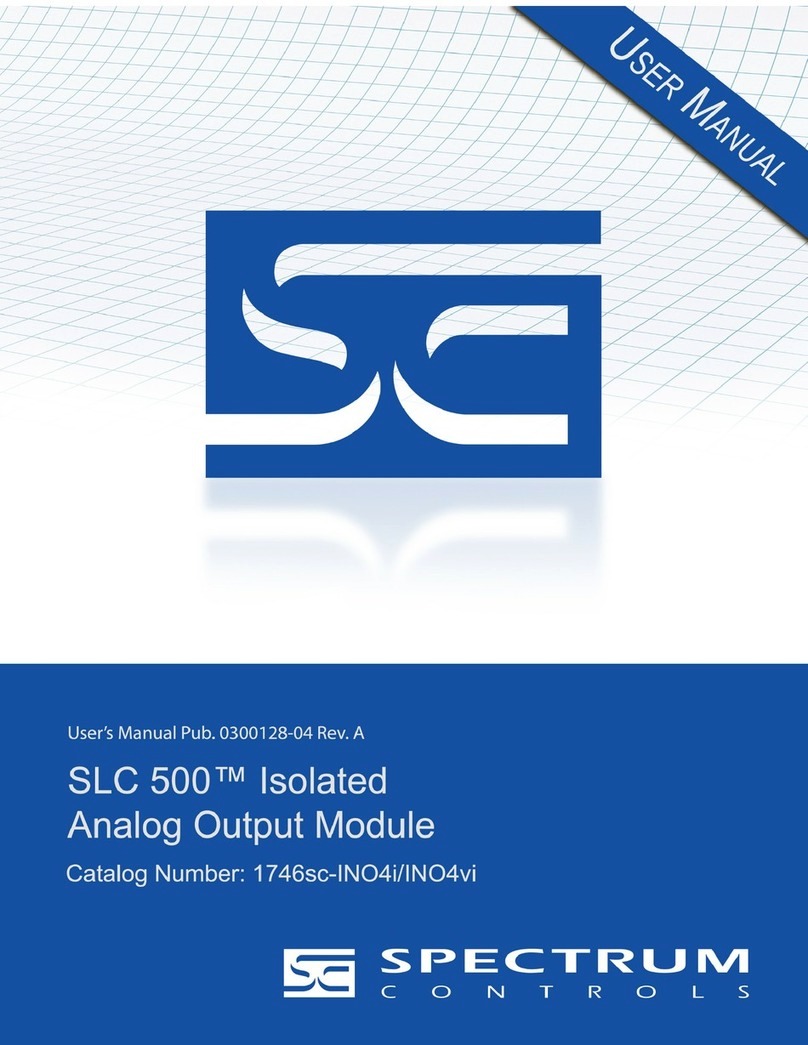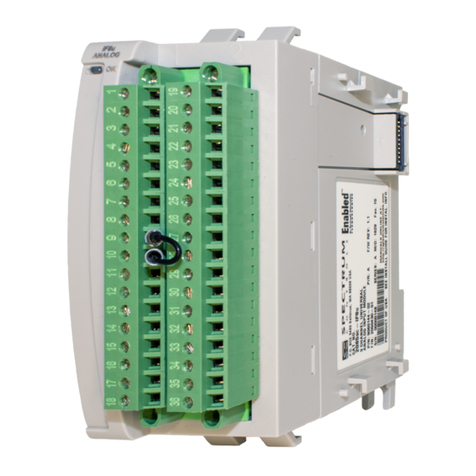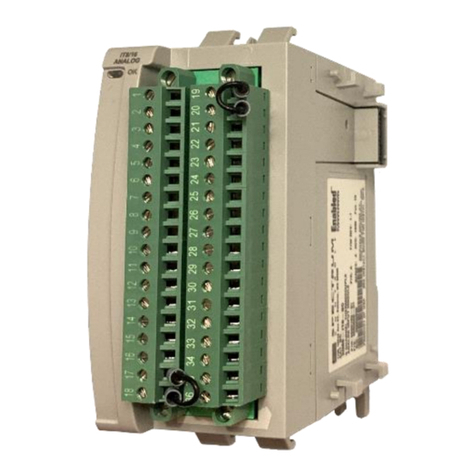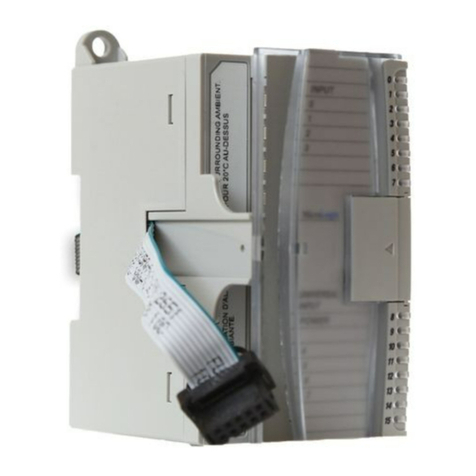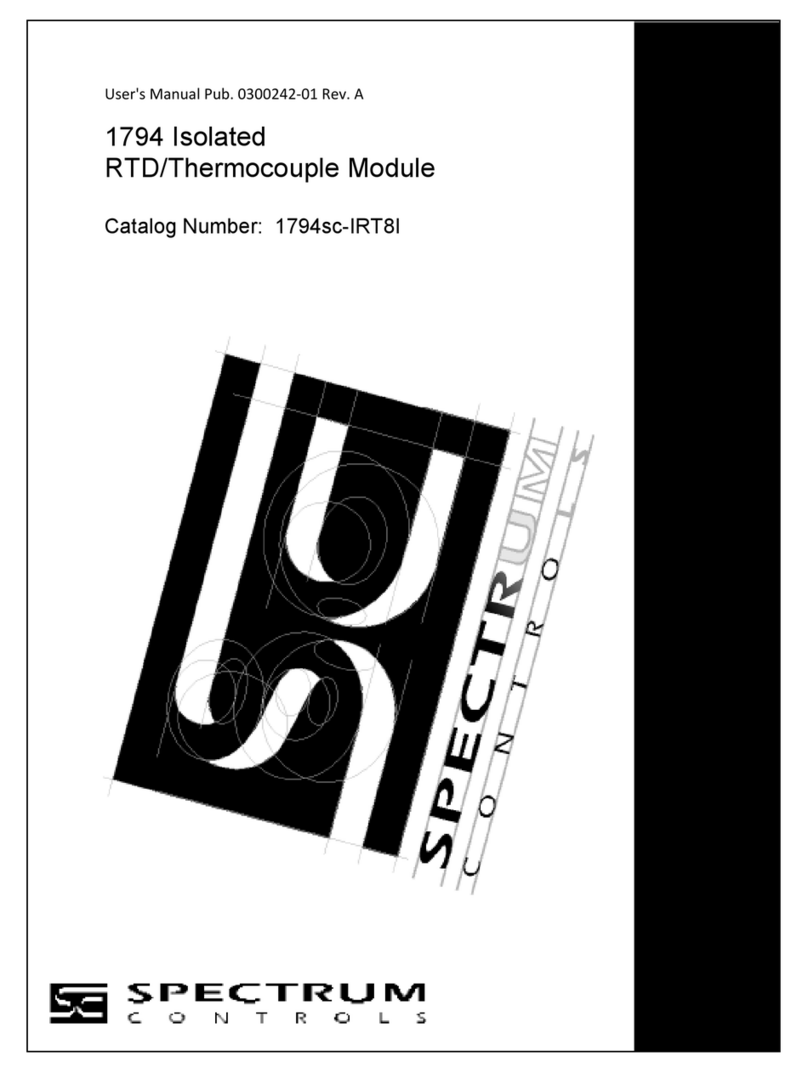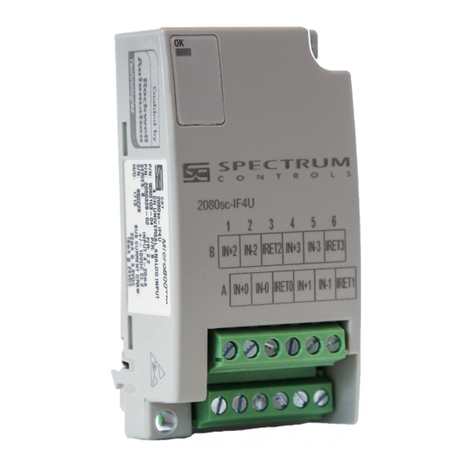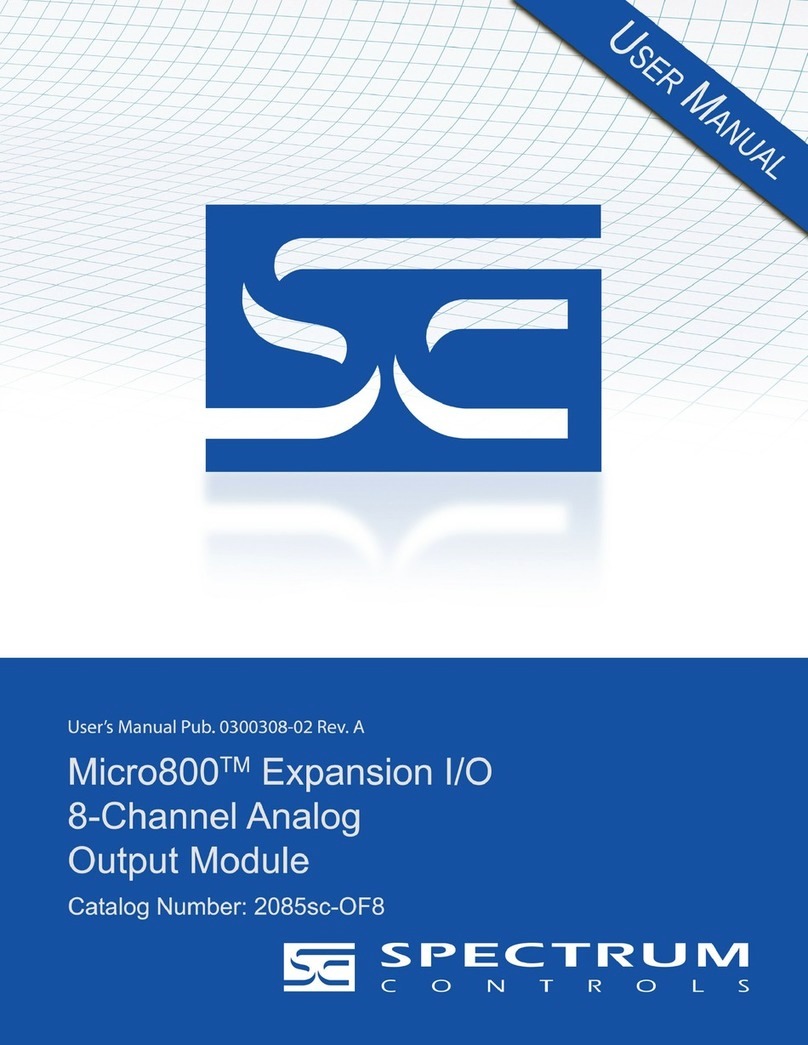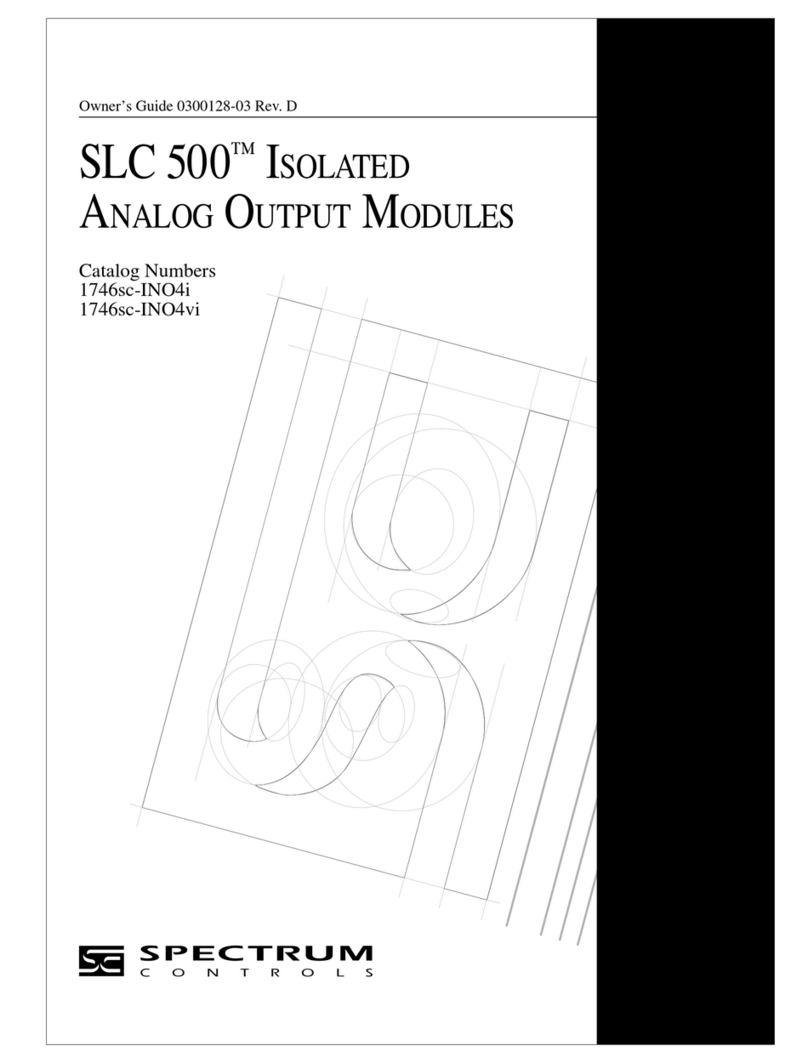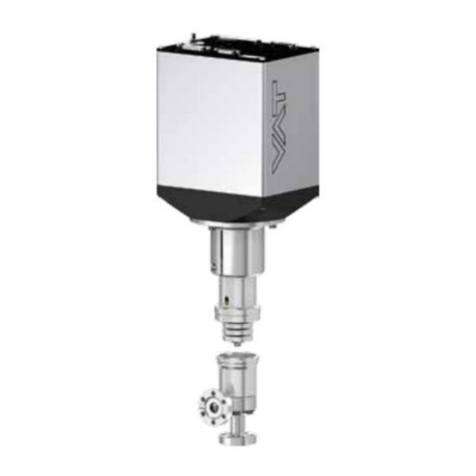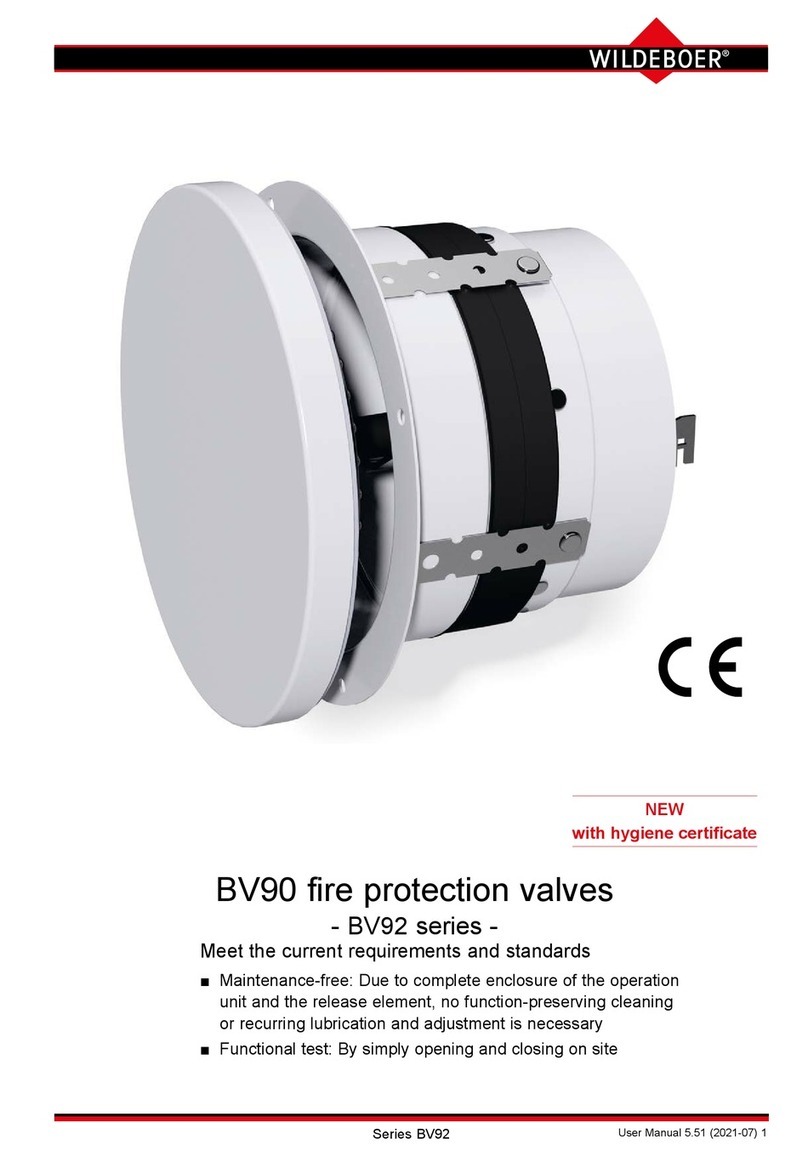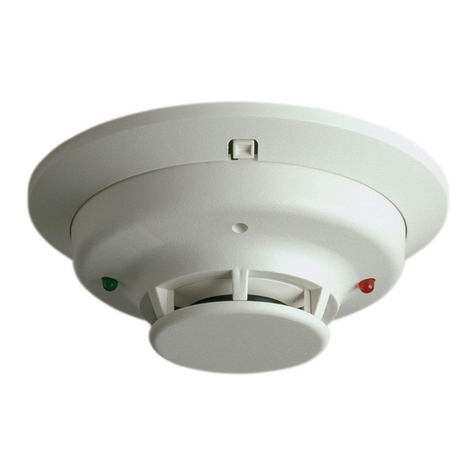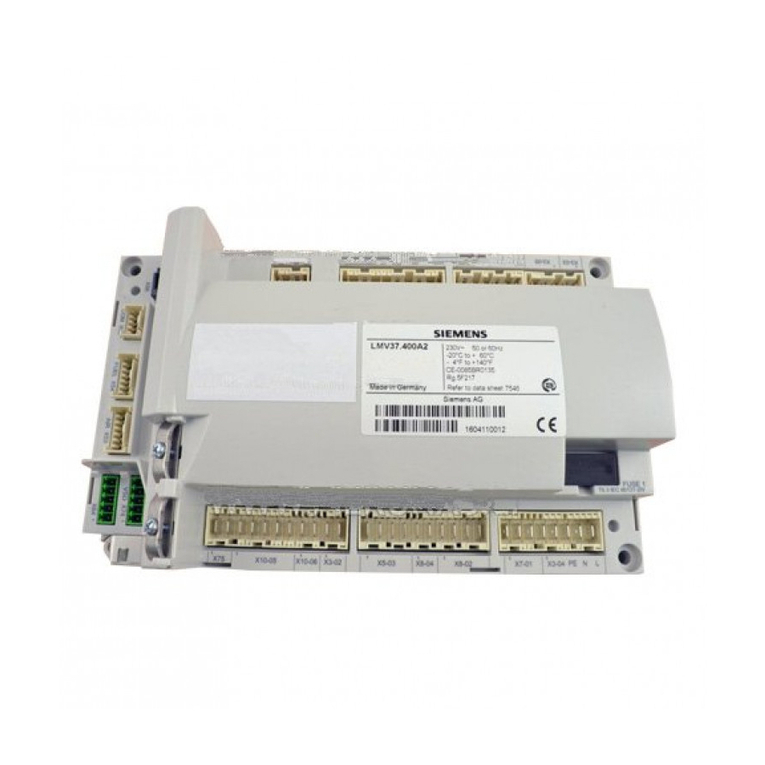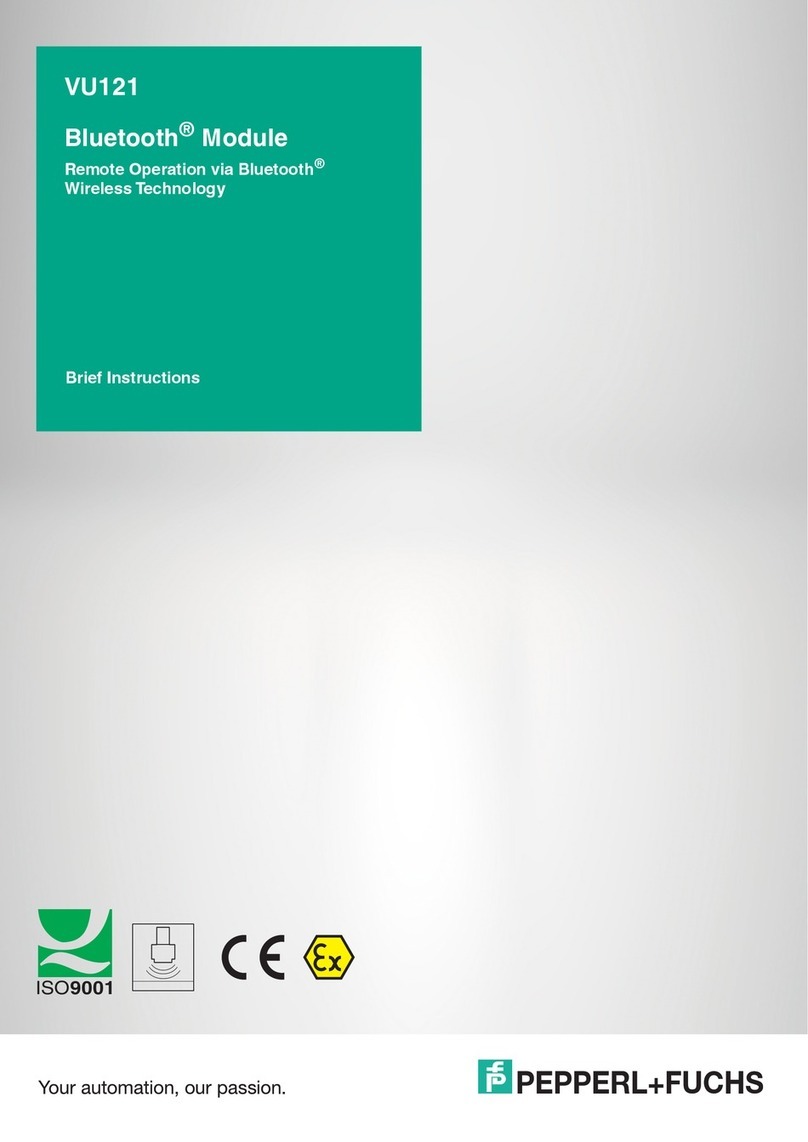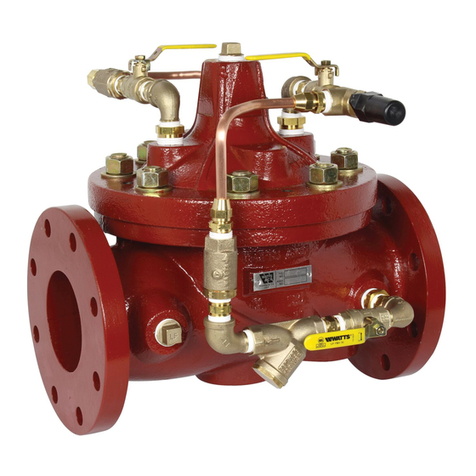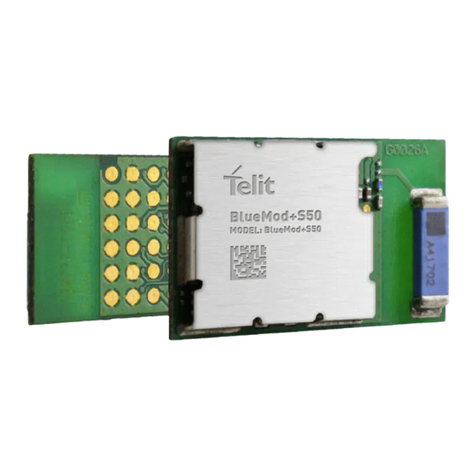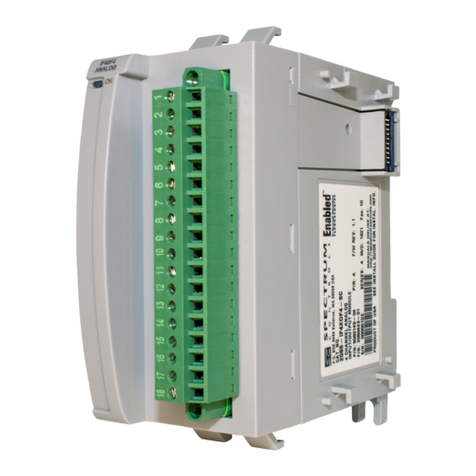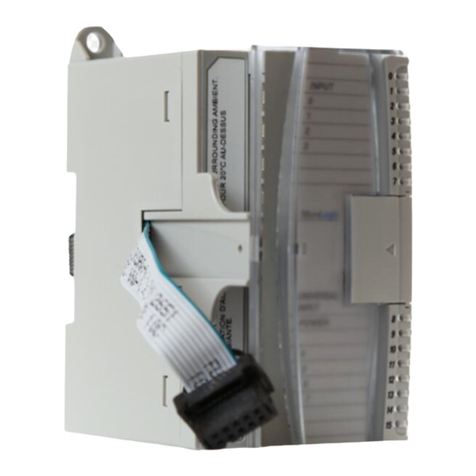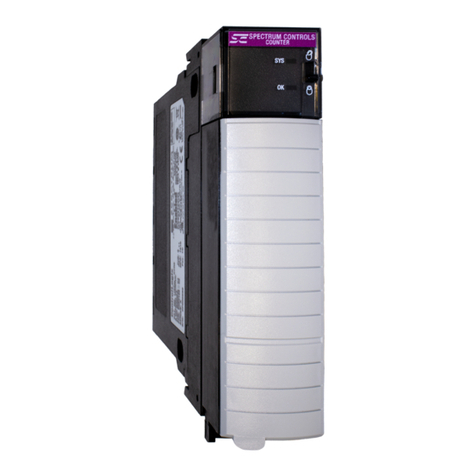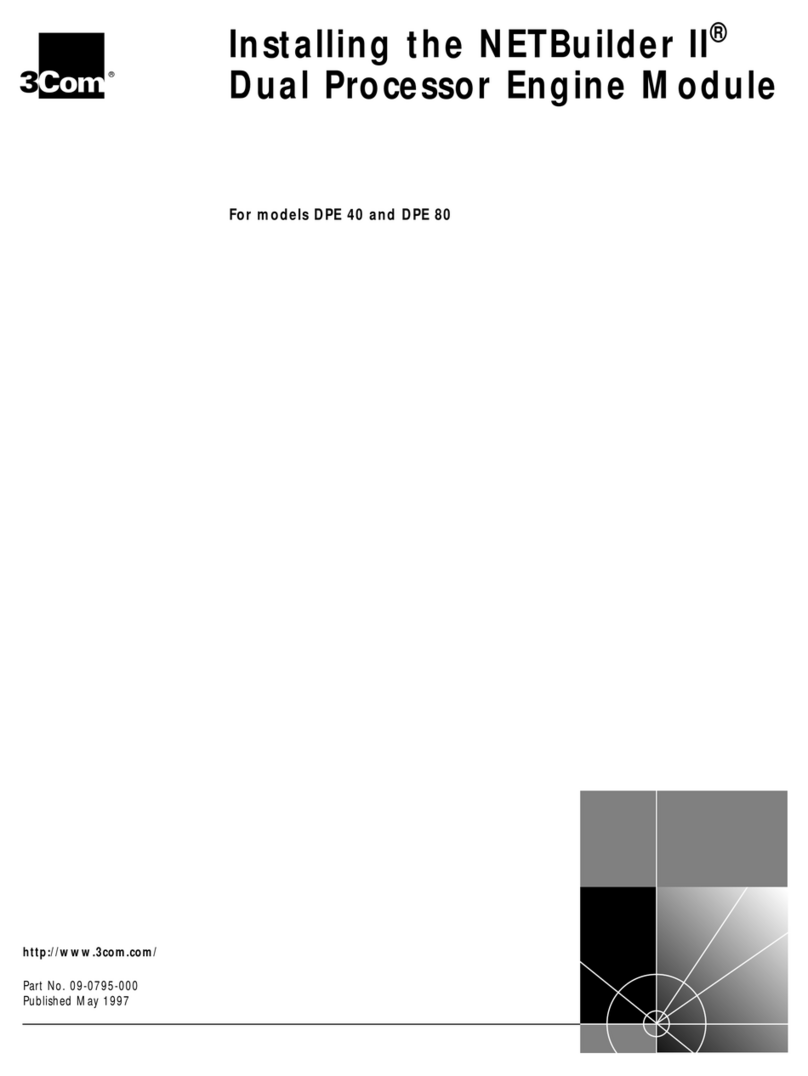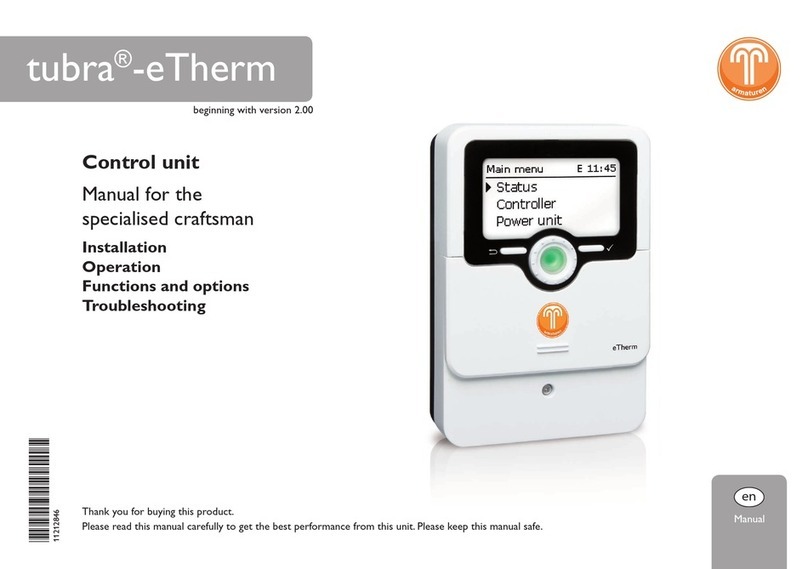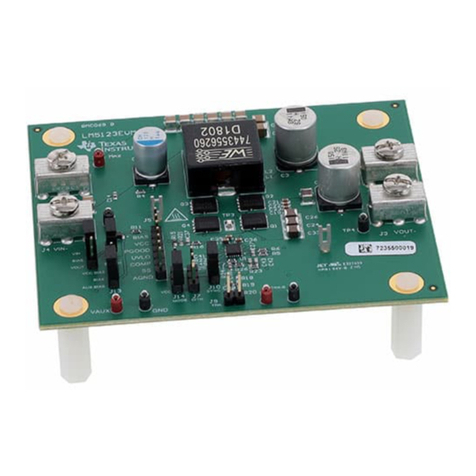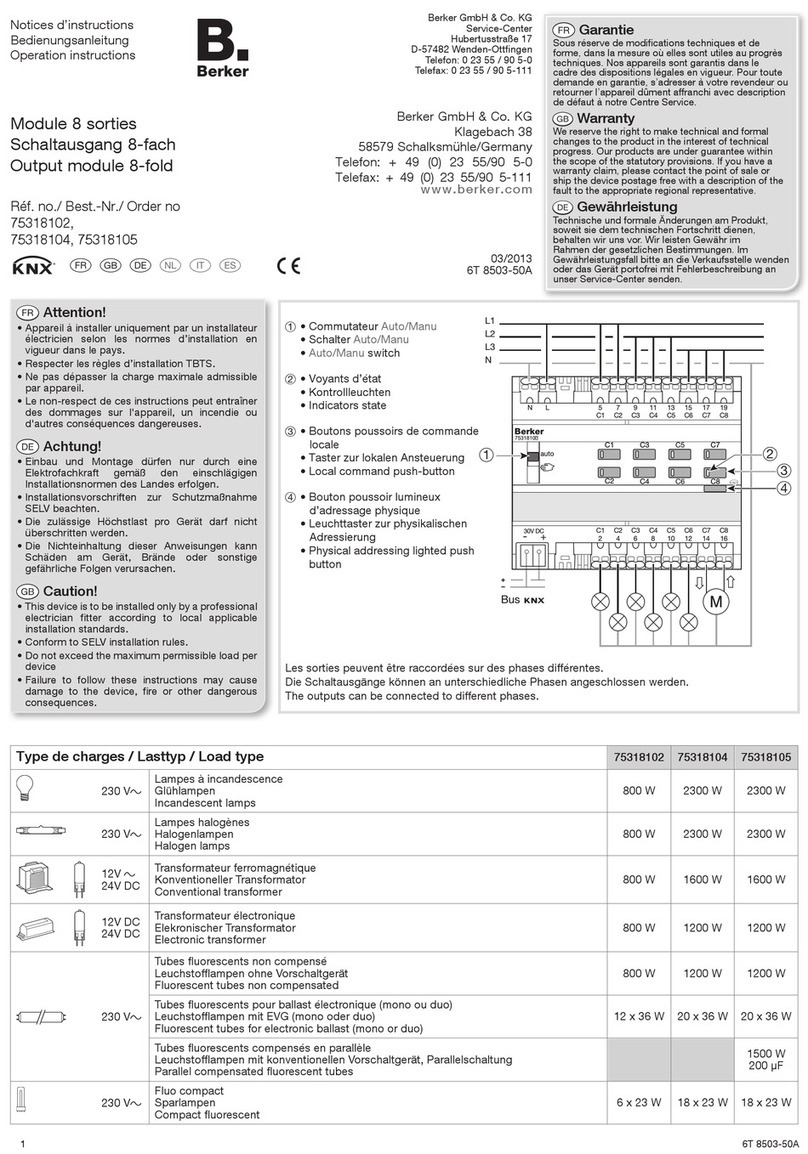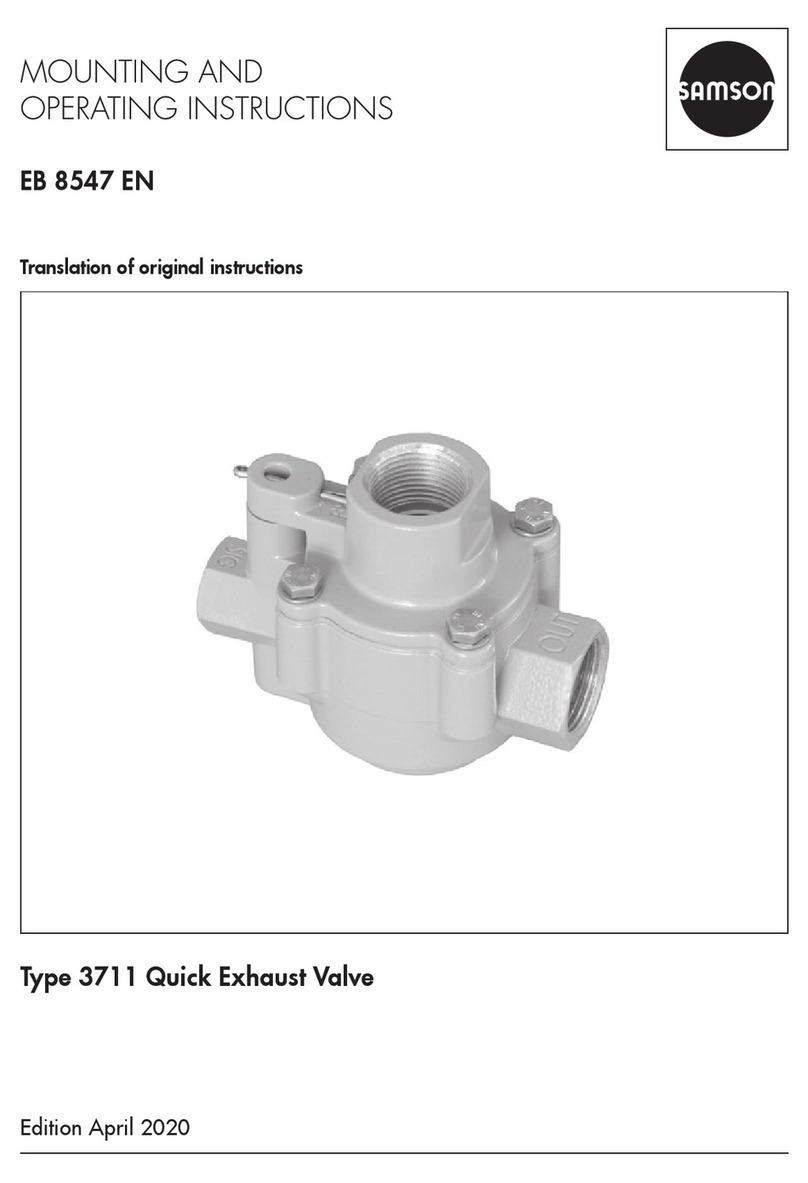
iii
User's Manual Pub. 0300231-03 Rev. A
Table of Contents
IMPORTANT NOTES ............................................................................................................................................... II
NOTICE .................................................................................................................................................................. II
LIMITED WARRANTY .............................................................................................................................................. II
CHAPTER 1 MODULE OVERVIEW......................................................................................................................... 1-1
SECTION 1.1 GENERAL DESCRIPTION .............................................................................................................................. 1-1
SECTION 1.2 INPUT TYPES AND RANGES.......................................................................................................................... 1-1
SECTION 1.3 DATA FORMATS ....................................................................................................................................... 1-2
SECTION 1.4 FILTER FREQUENCIES ................................................................................................................................ 1-2
SECTION 1.5 HARDWARE FEATURES .............................................................................................................................. 1-2
SECTION 1.6 SYSTEM OVERVIEW ................................................................................................................................... 1-3
1.6.1 Module Power-up ..................................................................................................................................... 1-3
SECTION 1.7 MODULE OPERATION ................................................................................................................................ 1-4
CHAPTER 2 INSTALLATION AND WIRING............................................................................................................. 2-1
SECTION 2.1 COMPLIANCE TO EUROPEAN UNION DIRECTIVES............................................................................................. 2-1
2.1.1 EMC Directive............................................................................................................................................ 2-1
2.1.2 Low Voltage Directive ............................................................................................................................... 2-1
SECTION 2.2 GENERAL CONSIDERATIONS ........................................................................................................................ 2-2
2.2.1 Hazardous Location Considerations.......................................................................................................... 2-2
2.2.2 Prevent Electrostatic Discharge ................................................................................................................ 2-2
2.2.3 Remove Power .......................................................................................................................................... 2-3
2.2.4 Selecting a Location .................................................................................................................................. 2-3
SECTION 2.3 POWER REQUIREMENTS ............................................................................................................................ 2-3
2.3.1 Wiring the Terminal Base Units (1794-TB3G shown)................................................................................ 2-3
SECTION 2.4 INSTALLING THE MODULE........................................................................................................................... 2-5
2.4.1 Mounting the Terminal Base Unit on a DIN Rail ....................................................................................... 2-5
2.4.2 Panel/Wall Mounting ............................................................................................................................... 2-7
2.4.3 Mounting the IF8IU Module on the Terminal Base Unit ........................................................................... 2-9
SECTION 2.5 FIELD WIRING CONNECTIONS.................................................................................................................... 2-10
2.5.1 Field Wiring using a 1794-TB3G and TB3GS Terminal Base.................................................................... 2-10
SECTION 2.6 MODULE INDICATORS.............................................................................................................................. 2-16
CHAPTER 3 CONFIGURING THE 1794SC-IF8IU USING RSLOGIX 5000.................................................................... 3-1
SECTION 3.1 THINGS YOU SHOULD KNOW ...................................................................................................................... 3-1
SECTION 3.2 MODULE MEMORY MAP ........................................................................................................................... 3-1
SECTION 3.3 CONFIGURE GENERIC PROFILE..................................................................................................................... 3-2
3.3.1 Add a Local Ethernet Bridge Module ........................................................................................................ 3-3
3.3.2 Add a Remote Ethernet Flex Adapter........................................................................................................ 3-4
3.3.3 Add the Generic Flex Module .................................................................................................................... 3-6
SECTION 3.4 MODULE CONFIGURATION......................................................................................................................... 3-7
3.4.1 Fault Mode [Word 0 (Bits 2,3,4,5,10,11,12,13)] ....................................................................................... 3-9
3.4.2 Input Type [Words 1 –8 (Bits 0 to 4)] ..................................................................................................... 3-10
3.4.3 Input Filter [Words 1 –8 (Bits 5 to 7) ...................................................................................................... 3-10
3.4.4 Data Format [Words 1 –8 (Bits 8 to 10) ................................................................................................. 3-11
3.4.5 Open Circuit Mode [Words 1 –8 (Bits 12 & 13)]..................................................................................... 3-12
3.4.6 Disable CJC [Words 1 –8 (Bit 14)]........................................................................................................... 3-12
3.4.7 Temperature Units [Words 1 –8 (Bit 15)]............................................................................................... 3-12
3.4.8 Low Alarm Threshold [Words 9,12,15,18,21,24,27,30] .......................................................................... 3-13
3.4.9 High Alarm Threshold [Words 10,13,16,19,22,25,28,31] ....................................................................... 3-13
3.4.10 User Alarm Deadband [Words 11,14,17,20,23,26,29,32]..................................................................... 3-13
3.4.11 Calibration Offset [Words 33 to 40]...................................................................................................... 3-13




















